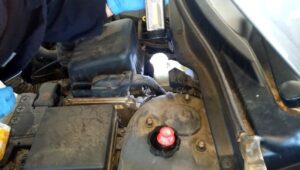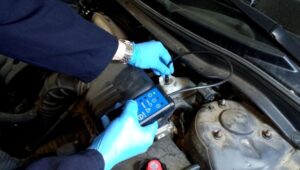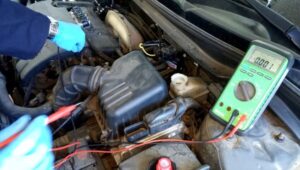Brake fluid check
The braking system is one of the most important devices on the vehicle in terms of the safety and security of the vehicle and all road users. The driver performs a stop or deceleration of the vehicle through the hydraulic system. The brake system depends on the brake fluid stored in the reservoir near the master brake cylinder.
Brake fluid
When the brake fluid level is low, air can get into the hydraulic system which results in a soft brake pedal, too low position of the pedal or collapse. This results in poor brake performance or failure. Therefore, a periodic check of the brake fluid level is required. When a lower level is observed, it should be replenished and the cause of the fluid loss detected. Brake fluid loss indicates that there is a fluid leak in the system or on vehicles with disc brakes that the brake pads are worn out.
During the level check, a visual inspection of the condition of the brake fluid is also performed. If it is dark or turbid, the brake fluid must be replaced.
The brake fluid is hygroscopic, absorbing water from the atmosphere. Water changes the features of the brake fluid and deteriorates the operation of the brake system. Because of this, manufacturers prescribe regular replacement of the brake fluid every 2 to 4 years. However, it is recommended to check the condition of the brake fluid for moisture every time the engine oil is changed. The check can be performed using the tester, test strips or multimeter.
To check the brake fluid level and quality, follow these steps:









